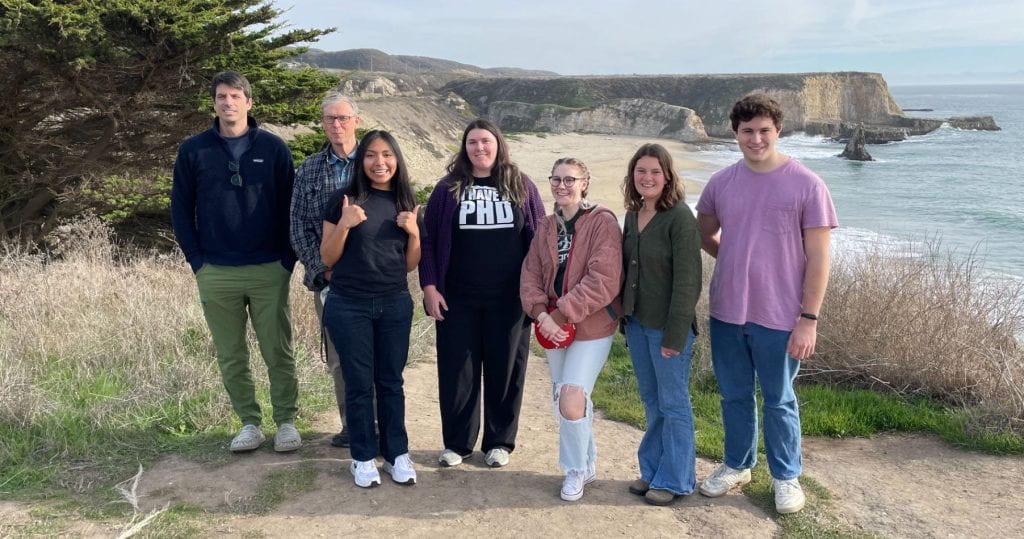
The Sullivan Lab investigates the nuclear and cytoskeletal events that drive cell division and how these events are coordinated. We are particularly interested in the adaptive responses of the the cellular division machinery to broken, damaged, and rearranged chromosomes. Our lab has discovered unsuspected DNA threads connecting segregating chromosomes. These threads serve to capture and corral wayward chromosome fragments into the newly formed daughter nuclei. As these are new structures, many issues regarding their origin, structure, and function remain to be explored.
Another focus of the lab is to explore the molecular and cellular interactions between the bacterial endosymbiont Wolbachia and its insect and nematode hosts. Wolbachia is present in the majority of insects species, inherited maternally, and manipulates host reproduction in extraordinary ways to enhance its own transmission. Wolbachia also maintains a symbiotic relationship with pathogenic filarial nematodes, such as Brugia malayi, and is the causative agent of elephantiasis and river blindness — diseases afflicting 150 million people globally. We explore Wolbachia-host interactions at a molecular and cellular level. These studies provide insights into the nature of symbiotic relationships that complement those revealed by ecologists and evolutionary biologists.
Finally, we have developed high-throughput screening procedures to identify potent anti-Wolbachia compounds to be used in combating these diseases. Currently we are focused on identifying small molecules that target populations of Wolbachia in the filarial nematode that are resistant to standard antibiotic treatment.